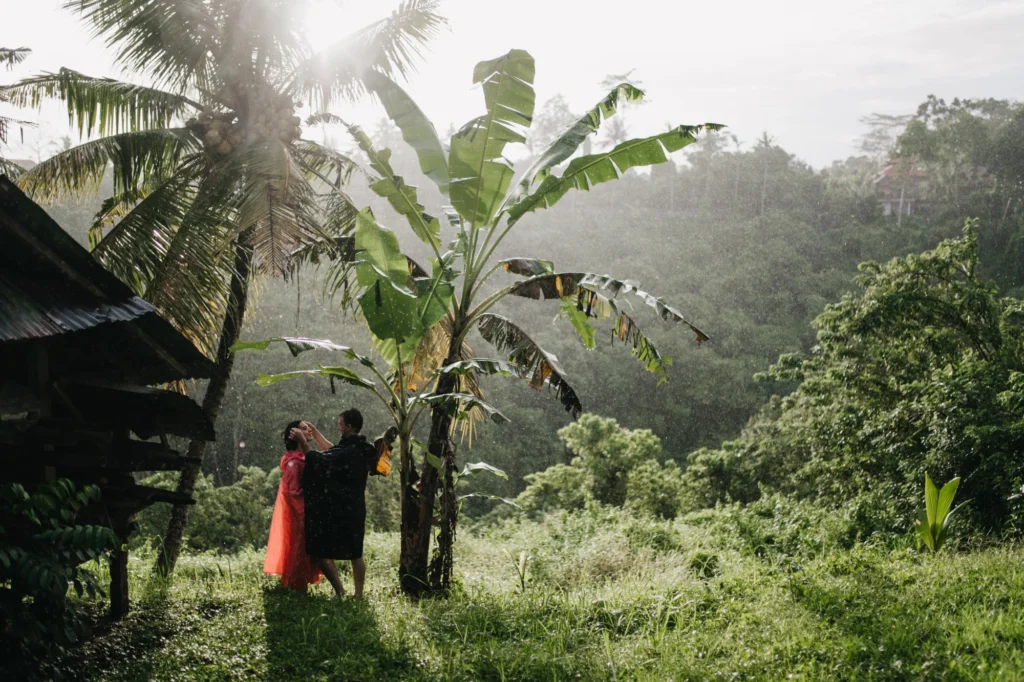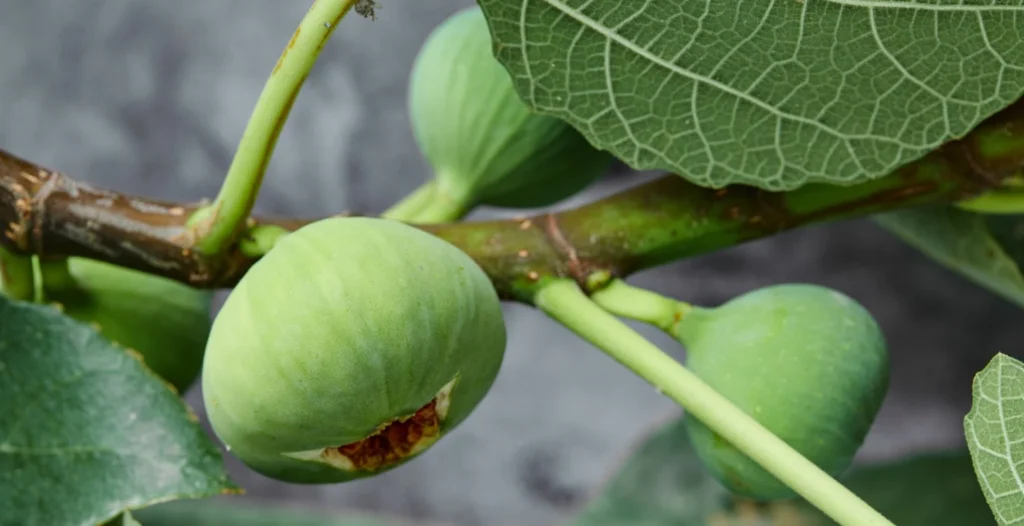Introduction
Have you ever dreamed of having a lush and exotic landscape right in your backyard? Look no further than banana trees! These versatile and beautiful plants can transform your outdoor space into a tropical paradise. In this article, we will explore the many benefits of banana trees and provide you with all the information you need to incorporate them into your landscaping. From their stunning appearance to their practical uses, banana trees are the ultimate backyard hack for creating a captivating and vibrant environment.

Table of Contents
Benefits of Banana Trees
Aesthetically Pleasing
Banana trees are incredibly eye-catching and can add a touch of exotic beauty to any landscape. Their large, lush leaves create a tropical ambiance, instantly transporting you to a serene paradise. Whether you have a small urban garden or a spacious backyard, banana’s can bring a sense of drama and elegance to your outdoor space.
Fast Growth
One of the remarkable features of these trees is their rapid growth rate. Within a single growing season, banana plants can reach impressive heights, adding depth and vertical interest to your landscape design. This fast growth also means that you won’t have to wait long to enjoy the beauty and benefits of a mature banana tree.
Low Maintenance
Contrary to what you might think, banana plants are relatively low maintenance. They require minimal attention once established and can tolerate a variety of soil conditions. With proper care, banana plants can thrive without much intervention, making them an excellent choice for both novice and experienced gardeners.

Types of Banana Trees
There are several types of banana trees to choose from, each with its own unique characteristics and growth habits. Here are three popular banana varieties you can consider:
Dwarf Banana Plants
Dwarf banana plants are perfect for small gardens or container planting. They reach a manageable height of around six feet and produce an abundance of smaller-sized fruit. Dwarf varieties are also more cold-tolerant, making them suitable for regions with cooler climates.
Tall Banana Trees
If you have a large backyard and want to create a stunning tropical display, tall banana trees are an ideal choice. These majestic trees can reach heights of up to 20 feet or more, providing shade, privacy, and a sense of grandeur to your outdoor space.
Cold-Hardy Banana’s
For those living in colder regions, cold-hardy banana trees offer the opportunity to grow these exotic plants in less forgiving climates. Cold-hardy varieties have adapted to withstand frost and can be successfully cultivated in areas where other banana trees would not survive.
Planting and Care
To ensure the successful growth of your banana trees, follow these essential planting and care guidelines:
Selecting the Right Location
These trees thrive in full sun and require at least six to eight hours of direct sunlight per day. Choose a location in your yard that receives ample sunlight and has well-drained soil. Adequate sunlight is crucial for the growth and fruit production of banana trees.
Soil Preparation
Before planting your banana plant, prepare the soil by adding organic matter, such as compost or well-rotted manure. This will improve the soil’s fertility, drainage, and moisture-holding capacity. Banana trees prefer slightly acidic to neutral soil with a pH range of 5.5 to 7.0.
Planting Techniques
Dig a hole that is twice the width and depth of the root ball of your banana tree. Gently place the tree in the hole, ensuring that the top of the root ball is level with or slightly above the ground. Backfill the hole with soil, firmly pressing it around the base of the tree to remove any air pockets.
Watering and Fertilization
During dry periods, these trees require a huge amount of water. Soil should be consistently moist but not waterlogged. Apply a balanced fertilizer once a month during the growing season to provide essential nutrients for healthy growth and fruit production.
Pruning and Maintenance
Regular pruning is essential for maintaining the health and appearance of these trees. Remove any dead or damaged leaves to promote airflow and prevent the spread of diseases. Additionally, remove the main stem after your banana tree has fruited to allow new shoots to take its place.
Utilizing Banana Trees in Landscaping
These trees offer numerous possibilities for incorporating them into your landscaping design. Here are some creative ways to use banana plants in your outdoor space:
Privacy Screens
With their tall and dense foliage, these trees can serve as natural privacy screens, shielding your backyard from prying eyes. Plant them strategically along fences or property lines to create a lush and secluded oasis.
Shade and Sun Protection
The large, broad leaves of banana create a wide canopy that provides excellent shade and sun protection. Plant them near seating areas, patios, or swimming pools to create comfortable outdoor spaces shielded from the harsh sun.
Read More “Peepal Tree: A Living Symbol of Cultural Richness and Environmental Harmony”

Focal Points and Accents
Banana trees make fantastic focal points or accents in your garden design. Use them as standalone specimens or combine them with other tropical plants to create visually striking and harmonious compositions.
Edible Harvest
One of the most rewarding aspects of growing these trees is the opportunity to enjoy your homegrown bananas. Depending on the variety, your tree may produce delicious fruit that can be harvested and enjoyed when fully ripened.
Companion Planting
Banana trees can be excellent companions to other plants in your garden. Their broad leaves provide shade and shelter for more delicate plants, while their deep root system can help improve soil structure and moisture retention.
Potential Challenges and Solutions
While banana plants are relatively easy to grow, they can face some challenges. Here are a few common issues and their corresponding solutions:
Pests and Diseases
Banana plants are susceptible to pests like aphids, spider mites, and nematodes, as well as diseases such as Panama disease and black Sigatoka. Regularly inspect your plants for any signs of infestation or disease and take appropriate measures, such as using organic pest control methods or applying fungicides when necessary.
Cold Protection
In regions with colder climates, protecting banana plants from frost and freezing temperatures is crucial. Covering them with blankets or burlap during winter months or moving potted plants indoors can help safeguard them from extreme cold.
Controlling Growth and Spreading
Banana trees can be vigorous growers and may spread through underground rhizomes. To control their growth and prevent them from taking over your garden, you can create barriers around the root zone or regularly divide and remove suckers.
Conclusion
Banana trees are a fantastic addition to any backyard, offering beauty, versatility, and a touch of the exotic. With their lush foliage, rapid growth, and low maintenance requirements, they provide a unique opportunity to create a lush and tropical landscape in your own outdoor space. Whether you’re looking for privacy, shade, focal points, or edible harvests, the banana plant offers a myriad of benefits and possibilities for transforming your backyard into a captivating oasis.
Frequently Asked Questions
Are banana plants suitable for all climates?
These trees thrive in tropical and subtropical climates, but there are also cold-hardy varieties available for colder regions.
Can I grow banana trees in containers?
Yes, dwarf banana plants are well-suited for container planting and can be grown on patios or balconies.
How long does it take for a banana tree to produce fruit?
Depending on the variety and growing conditions, banana trees typically start producing fruit within 1 to 2 years.
Do banana trees require a lot of water?
While banana trees prefer consistently moist soil, they should not be overwatered. Ensure proper drainage to prevent waterlogged roots.
Can I grow banana plants from seeds?
Yes, banana plants can be grown from seeds, but they are more commonly propagated through suckers or tissue culture for faster and more reliable results.


